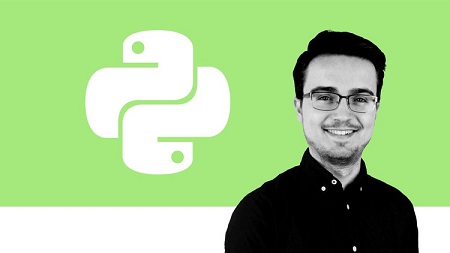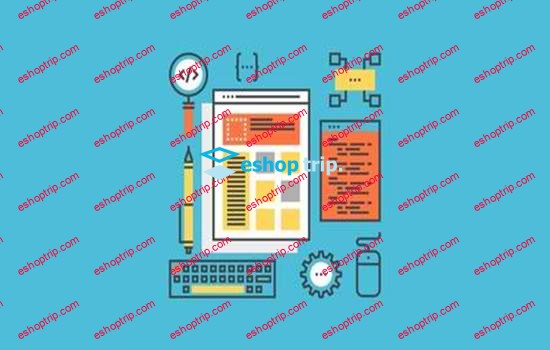Published 9/2024
Duration: 2h34m | Video: .MP4, 1920×1080 30 fps | Audio: AAC, 44.1 kHz, 2ch | Size: 1.62 GB
Genre: eLearning | Language: English
Transform Data into Insights, Innovation, and Improved Healthcare
What you’ll learn
Set up and navigate the Jupyter notebook environment.
Understand and apply Python basics for data science.
Acquire and import healthcare data from various sources.
Clean and preprocess data for analysis.
Perform exploratory data analysis (EDA) to uncover trends and patterns.
Apply data preprocessing techniques to prepare data for modeling.
Build and evaluate a basic machine learning model to predict health risk.
Requirements
Basic understanding of statistics and computer skills.
No prior programming experience required.
Description
This course is designed to introduce healthcare students and professionals to the fundamentals of data science using Python. It covers a wide range of topics from basic programming skills to advanced data analysis and machine learning techniques, all within the context of healthcare applications. Through interactive Jupyter notebooks, participants will learn how to analyze and interpret complex healthcare data, ultimately gaining insights that can inform clinical decisions, enhance patient care, and drive healthcare innovation.
Target Audience
• Healthcare students (medicine, pharmacy, nursing, public health, etc.)
• Healthcare professionals (clinicians, researchers, administrators) looking to
incorporate data science into their practice
Prerequisites
• Basic understanding of statistics
• Basic computer skills
• No prior programming experience required
By the end of this course, participants will be able to
• Set up and navigate the Jupyter notebook environment.
• Understand and apply Python basics for data science.
• Acquire and import healthcare data from various sources.
• Clean and preprocess data for analysis.
• Perform exploratory data analysis (EDA) to uncover trends and patterns.
• Apply data preprocessing techniques to prepare data for modeling.
• Build and evaluate a basic machine learning model to predict health risk.
Course Structure
The course contains eight modules in total, covering topics from an introduction and setting up your coding environment to building and evaluating a machine learning model.
Each module includes example coding notebooks, videos, quizzes, and supplementary notes to enhance your learning experience.
Who this course is for
Healthcare students, such as pharmacy, medical, or nursing students interested in learning data science skills.
Healthcare professionals interested in learning data science skills.
Anyone interested in learning more about the intersection of healthcare and data science.
Homepage
https://www.udemy.com/course/data-science-for-healthcare










